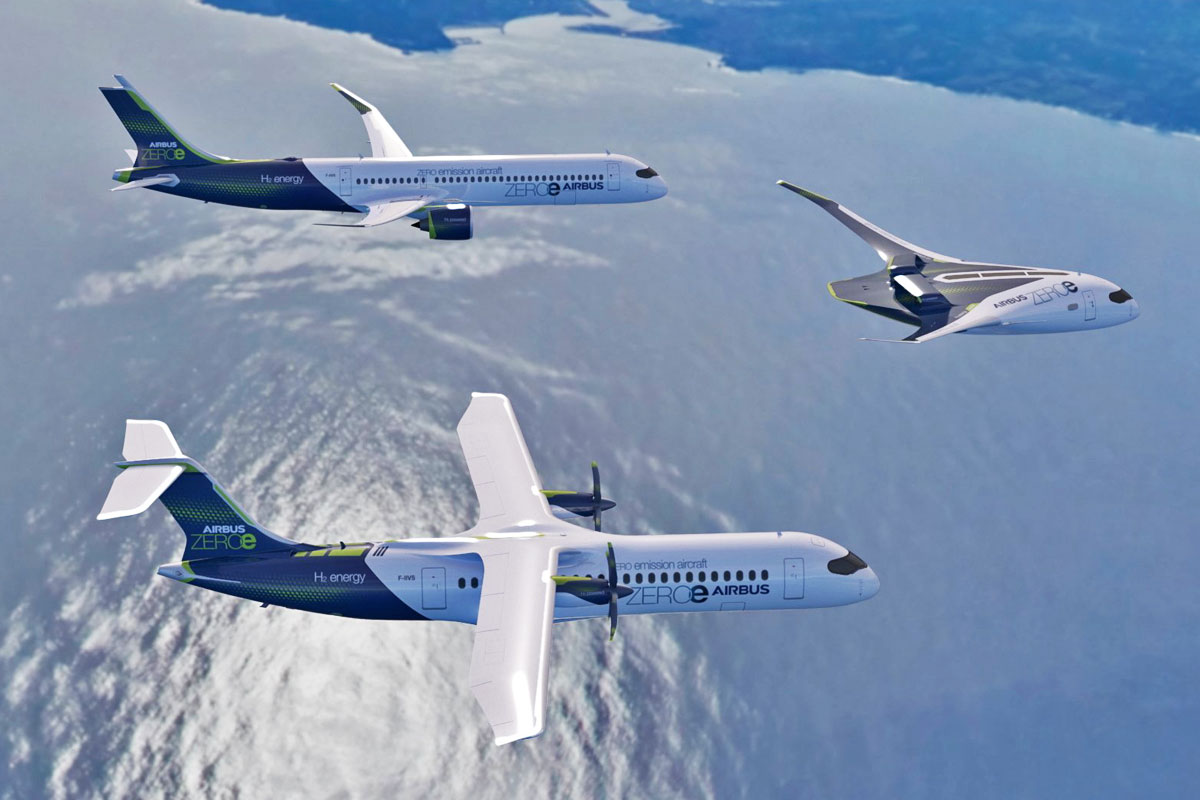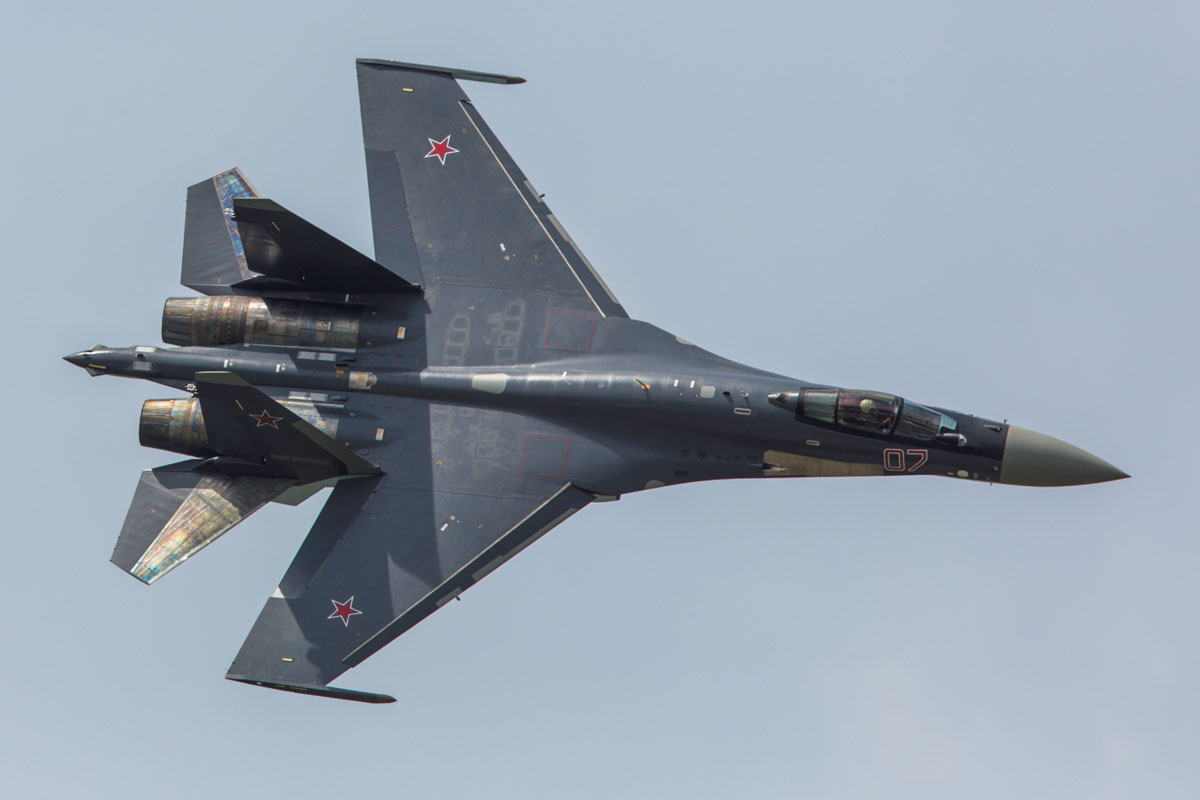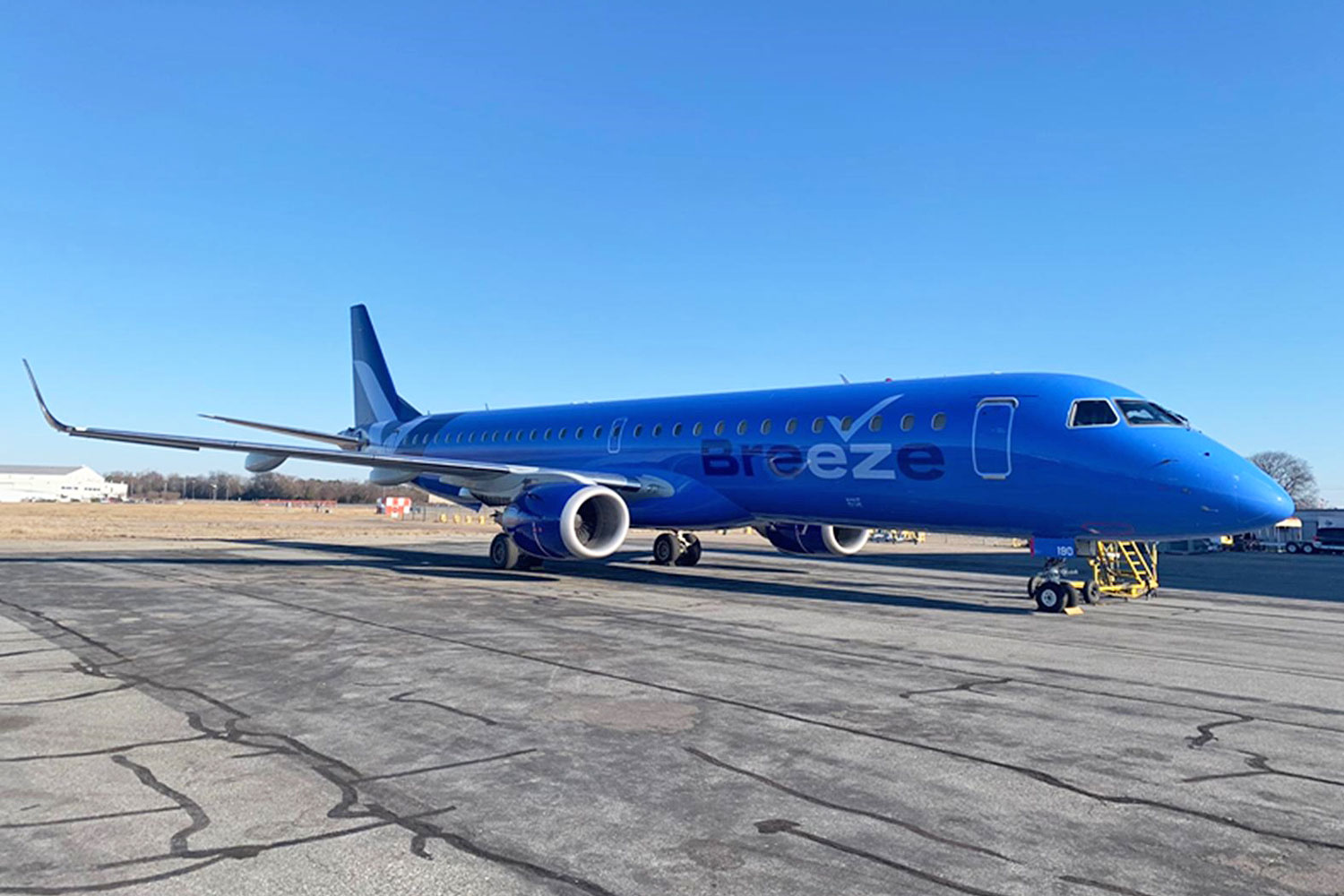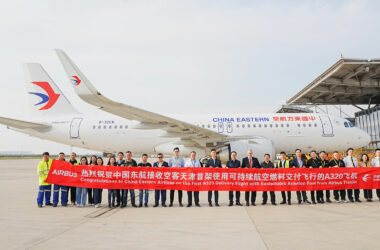Organizations of pilots and safety engineers and technicians called for more safety systems and improved procedures on the 737 Max before releasing the jet to return to operation. The FAA opened a public review of the new 737 Max airworthiness directive in August, which ended on Monday with more than 200 suggestions submitted.
Among the main recommendations made by organizations and experts are measures that reinforce the safety of the aircraft, which has not been flying commercially since March 2019 after two fatal accidents.
The British Airline Pilots Association (BALPA), for example, suggested the installation of a third AoA (angle of attack) sensor. Originally, the 737 Max had only one of these devices and would have given the MCAS system the wrong readings, which should help pilots in situations of maximum elevator effort.
Boeing added a second AoA sensor to the 737 Max as part of the changes, but the British association considered the solution insufficient. “It would be preferable for the system to use three AoA sensors (as per the Airbus A320 family of aircraft) in which case ‘voting’ can be implemented to discard an erroneous AoA value. There are other systems onboard the aircraft requiring AoA input, so how will they deal with two sensors that disagree?”, said BALPA.
The organization also criticized the U.S. manufacturer for allowing the flight control computer to disable both speed compensation systems if there is a discrepancy of more than 5.5 degrees between the two angle of attack sensors. BALPA claims that there may be erroneous readings on both, leading to a risky situation.
Finally, the association considered it a mistake to demand that both pilots have to carry out a simultaneous adjustment of the horizontal stabilizer. “No flight control system should require both pilots” to do so.
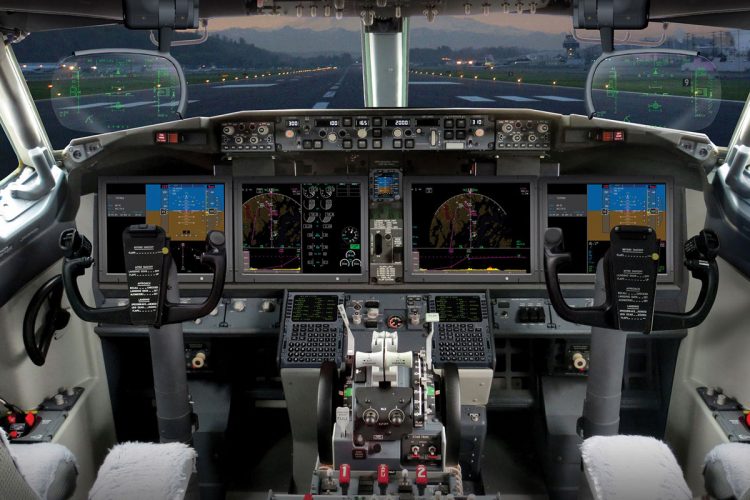
Cockpit confusion
Criticism of the 737 Max’s new airworthiness directive even came from the union representing the FAA’s own safety engineers. According to these agency experts, fixing the jet’s flight control system is not enough.
The union believes that Boeing should have resolved the reasons that caused confusion in the cockpit of Lion Air and Ethiopian flights during the emergency that led to the accidents.
FAA technicians propose that Boeing change the crew alert system on the Max, which is inherited from other older models. In their view, a new layout of the instrument panel and procedures should be made, which would undergo a new certification. This hypothesis, however, would take the plane’s return to service much longer.
Whistleblower
The recommendations received by the FAA are in line with criticisms made by Boeing security engineer Curtis Ewbank who last year revealed that during the development of the 737 Max the company rejected investment in security systems due to cost savings in the program.
“Clearly more actions are required to revise FAA processes so that it accurately assesses airplane design and regulates in the public interest,” said Ewbank recently.


